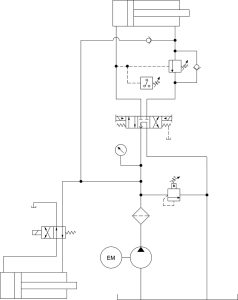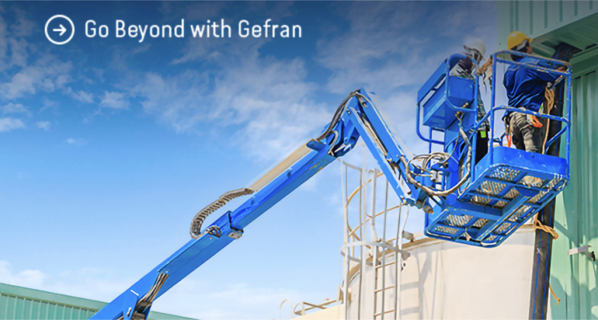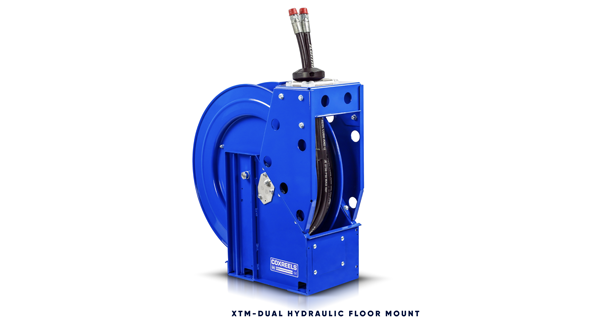Figure It Out: Compactor Loses Pressure to All Circuits
By Robert Sheaf, CFPAI/AJPP, CFPE, CFPS, CFPECS, CFPMT, CFPMIP, CFPMMH, CFPMIH, CFPMM, CFC Industrial Training
 I was called in to help with a compactor that bails scrap paper leftover after trimming paper sheets for paper grocery bags. As the circuit on the right shows, the system is simple. However, the customer did not have a circuit to use for troubleshooting, and his first instinct was to replace the pump. After installing the new pump, they removed the visibly dirty pressure filter element and reinstalled the housing canister without an element, as they did not have a spare. They started up and still could not get any system pressure. Then they removed the main spool for inspection by removing an end cap on the main stage of the valve. It seemed in good condition. Next, they thought the pilot valve on the directional control valve was not shifting the main spool, so they replaced it with one they had in stock. Still no pressure.
I was called in to help with a compactor that bails scrap paper leftover after trimming paper sheets for paper grocery bags. As the circuit on the right shows, the system is simple. However, the customer did not have a circuit to use for troubleshooting, and his first instinct was to replace the pump. After installing the new pump, they removed the visibly dirty pressure filter element and reinstalled the housing canister without an element, as they did not have a spare. They started up and still could not get any system pressure. Then they removed the main spool for inspection by removing an end cap on the main stage of the valve. It seemed in good condition. Next, they thought the pilot valve on the directional control valve was not shifting the main spool, so they replaced it with one they had in stock. Still no pressure.
When I arrived, I sketched out the circuit but was convinced that the pilot orifice in the pilot-operated relief was plugged. They examined the orifice, and to my surprise, it was clear of any contaminant. Both the main ram and door cylinders checked out OK.
What could be the problem?






